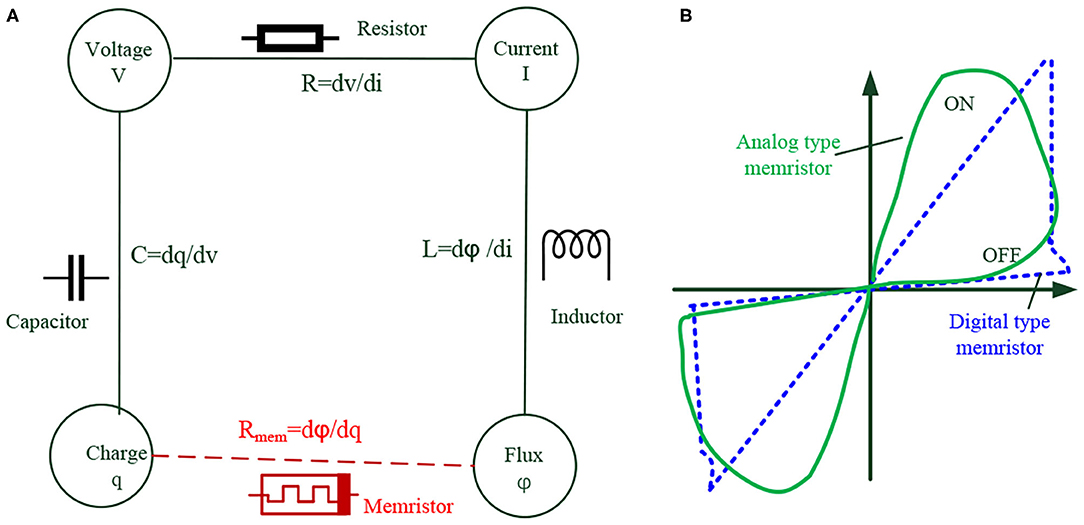Beside Head of LIMM, Pham Kim Ngoc, the investigative team of this project is from the Research Group of Center for INOMAR, VNU-HCM and University of Science, VNU-Hanoi.
1. Introduction
Traditional computing systems are built on the von Neumann architecture, characterized by a distinct separation of storage and computation. This design necessitates frequent data transfers between memory and processor units, resulting in a speed limitation known as the "memory wall." Additionally, a significant amount of energy is expended in these data transfers. To enhance both speed and energy efficiency, a revolutionary computing paradigm called in-memory computing (IMC) has been developed. IMC enables computation directly within the memory, thereby reducing the need for extensive data movement.
2. State-of-the-art
IMC architecture processes the data at the locations where they are stored and performs the calculation in the memory block in an in situ manner. Therefore, in the IMC architecture, frequent data communication can be avoided to reduce the time delay and the corresponding energy consumption. The demand for IMC has further promoted the growth of the emerging non-volatile memory (NVM) devices. Memory devices are served as the core component of IMC. Compared to volatile memories such as static random-access memory (SRAM) and dynamic random-access memory (DRAM), the NVMs utilize non-volatile conductance to store the data, which can be operated by external voltage stimuli directly and maintain the status even after the voltage removal. Organized in the crossbar array, the NVMs show high parallelism to execute the matrix-vector multiplication (MVM) in a single step regardless of the dimensions of the vectors.

The highest consideration of an in-memory computing architecture is the fourth two-terminal fundamental crossbar array, memristor, which can be used to perform matrix-vector multiplication, a common operation in ANNs, directly in the memory. The memristor technology has a wide range of applications, including various types of memory such as resistive random access memory (ReRAM), phase change memory (PCM), and ferroelectric random access memory (FeRAM).
3. Mandatory Component for IMC
Memristors typically have a very simple design, consisting of one or more insulating functional layers placed between two metal electrodes. This simplicity offers great potential for integration, miniaturization, and 3D stacking. Depending on the mechanism used to adjust their conductance, memristors can be categorized into two main types: the conductive-filament type, which depends on the formation and breakdown of conductive paths through the functional layers, and the interface type, which adjusts the thickness of the functional layers. These mechanisms make the conductance of memristor cells customizable and provide two different approaches for implementing memristive IMC.
The binary (digital) resistive switching behaviors of memristors, characterized by on/off states typically achieved through the sudden formation or disruption of conductive filaments, are used to represent binary 0/1 values. These behaviors are useful not only for nonvolatile data storage but also for performing Boolean logic computations. Previous studies have confirmed the logical completeness of binary memristors, suggesting their application in nonvolatile processors, encryption electronics, and high-dimensional computing. Notably, XOR logic in memristors has been utilized in the design of ternary content-addressable memory (TCAM), offering reduced area and higher efficiency compared to CMOS technology.
4. Analog Memristor for Future
Additionally, by carefully controlling the formation of conductive filaments or the thickness of the functional layers, memristors can achieve multilevel modulation, allowing for multiple or analog conductance states within a single cell. Research has shown that advanced memristors can reach over 128 distinguishable states, resulting in higher storage density and data processing efficiency compared to binary ones. Analog memristors have shown significant potential as key components in IMC for various analog computing applications, such as artificial neural networks (ANN), machine learning (ML), scientific computing, and digital image processing, driving ongoing research efforts.
Memristors can adjust their resistance in response to voltage signals from neurons, allowing synaptic weights to be implemented as memristance. This eliminates the need for external memory storage, enabling memristors to function directly as synapses in artificial neural network architectures.
Journal Articles
Conference Articles and Poster









Post a Comment